LONG Flight to Long Beach
Yesterday was officially my longest day flying, with a 3.2 hr flight out to Long Beach, CA followed by a 3.6 hr return flight at night. The first leg of the flight was a series of instrument landings at Coolidge and Casa Grande and then we picked up our flight plan to Long Beach and started our 3 hr flight over the sierra mountains, through the Palm Springs valley and out to the sunny California coast. The approach and landing at Long Beach was a little harry with all the different ATC centers serving all the busy airports in the LA basin. As we neared the airport, my instructor broke the 3+ hrs of straight flying by catching me off guard with an engine failure and unfortunately I didn’t react quickly enough and we missed our initial approach fix and had to circle around to re-catch it. It was a little embarrassing as the ATC controller came on the radio and reminded us that we missed our point and asked if we needed assistance. So point proved by the instructor, a pilot always has to be ready for any emergency. Once we got back on course I was able to fly the approach and landing without issue. It still amazes me every time I fly into a brand new airport how efficiently the approaches are in getting us right down to where we need to be to land with no outside visual references.
The Long Beach airport is a fairly busy airport with Jet Blue and Alaskan Airlines flights constantly coming and going and the taxiways are a bit confusing, but with reference to our trusty airport diagram, I safely got us to the terminal and we parked and headed out for supper. Because my instructor had previously been based in Long Beach, he was an excellent tour guide quickly navigating us to his favorite taco shop located right on the beach. After ordering up a few fresh shrimp tacos, we walked a short distance down to the sand and sat right on the beach for supper as the waves lapped the shore. It was an amazing treat to take in the sights and snacks after a long flight. Staying until almost sunset, we then headed back to the airport to prepare the plane and our flight plane for the return flight.
Again navigating a brand new airport at night proved much smoother than I had feared, but the signage and lighting is incredibly efficient and was very reassuring for my future days flying commercial flights into foreign places. The world of aviation clearly has done its homework to create a unified language both of terminology and signage that transcends venue.
The return flight was technically not an instrument flight, however we were able to prepare a detailed flight plan that we uploaded to the plane’s navigation system to help us avoid restricted airspace, mountainous terrain, and optimal altitudes. We then picked up flight following, a reduced level of ATC interaction for the flight and relied on their eyes to help us avoid other air traffic and terrain enroute. After take off, it was really quite a sight to see all the lights of the LA basin. Street lights and tail lights as far as the eyes could see. We ended up flying right over the LA – San Diego freeway at rush hour and it was a steady snake of white and red lights.
Because we were fighting strong headwinds, our ground speed was dramatically lower than our flight out and the time ticked down very very slowly. We used the time to review some instrument flying knowledge that I’ll be facing on the written exam and during the oral portion of the check ride. I also took some additional time to get more familiar with the planes navigation systems as the enroute flight itself was quite straightforward. Nearing the Phoenix valley, I started planning our descent and practice approaches into Casa Grande and back to Coollidge. This time, I was much more prepared for the engine failure and recovered very quickly and efficiently and flew the ILS approach into Casa Grande perfectly. After a quick touch and go landing, I headed over to Coolidge and re-configured the plane for a VOR approach and again flew the approach very well and even received praise from my instructor how smooth the approach was and how far I have come with my comfort level of reading and flying the instrument approaches.
The last leg of the flight was off to Gateway and although we had planned for the ILS approach, the winds at the airport were not favoring the ILS runway so we ended up flying a visual approach, entering the traffic pattern and landing off a mix of instrument and visual references. It was actually a bit of an adjustment to fly a visual approach having flown solely instrument approaches for the last several weeks.
After securing the plane, we quickly loaded up into our cars and headed home for a long winters nap, thoroughly exhausted after nearly 7 hrs of actual flight time in the tiny cramped Seminole cockpit. Tonight I return to the skies for 10 practice night landings at Gateway, which should only take about an hour and a half, but which should give me the much needed practice flying visual landings and getting my sight picture firmly ingrained for much smoother night landings in preparation for my commercial rating.
Photo Gallery
- Golf Course in Palm Springs
- First Views of the Beach
- Long Beach, with Catalina Island in background
- Long Beach
- Sunset on the Beach
- Tide Lapping at my Feet
- Long Beach Selfie
- Bird of Paradise
- Long Beach Airport
- Neverending Lights of the LA Basin
- Night Instrument Flying


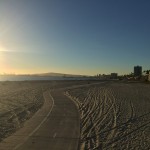
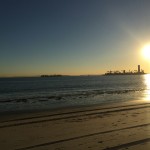
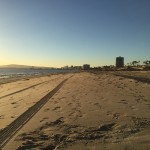
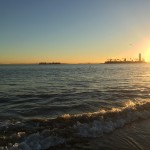
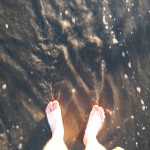
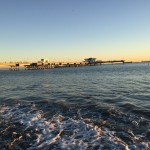
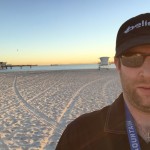
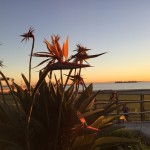
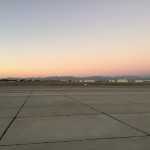
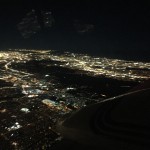
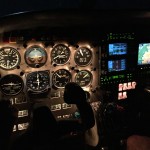
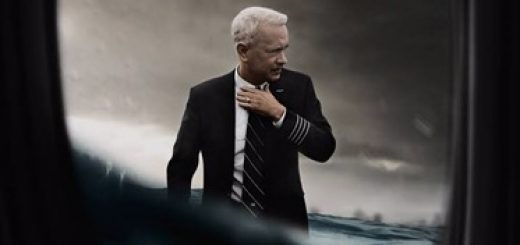
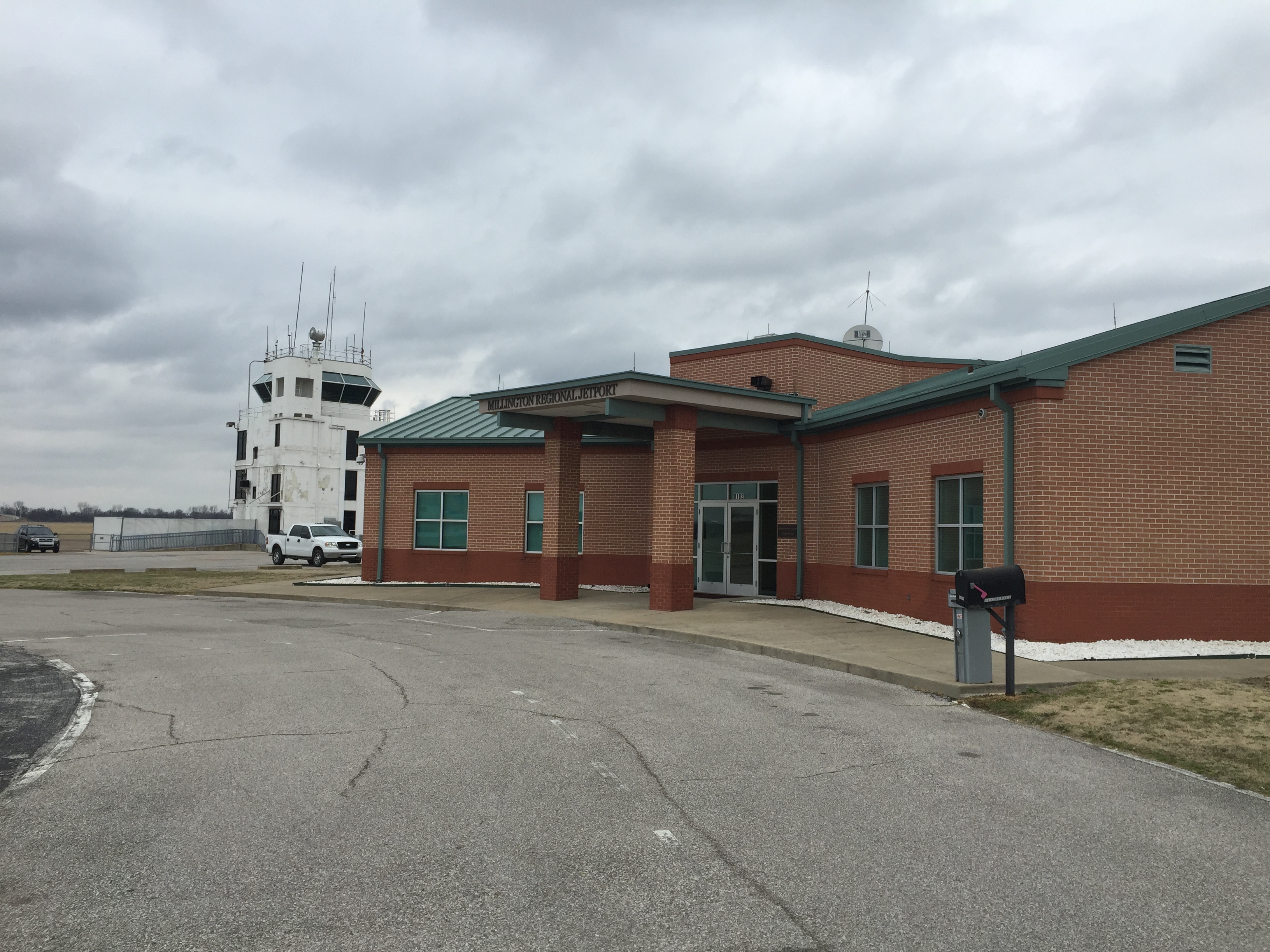
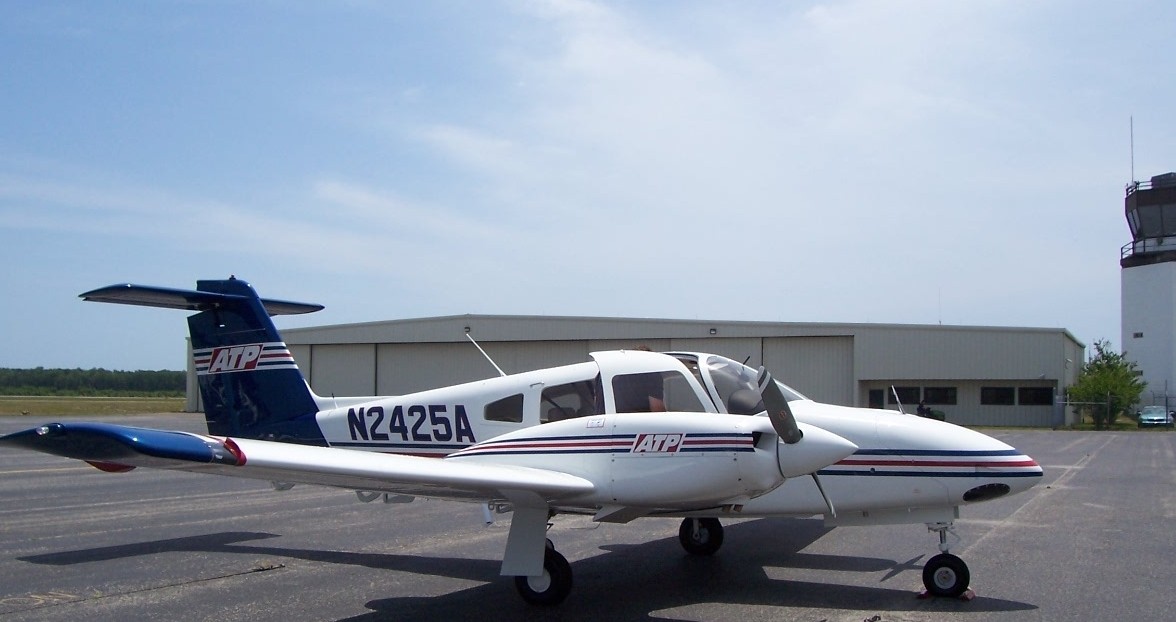
Recent Comments